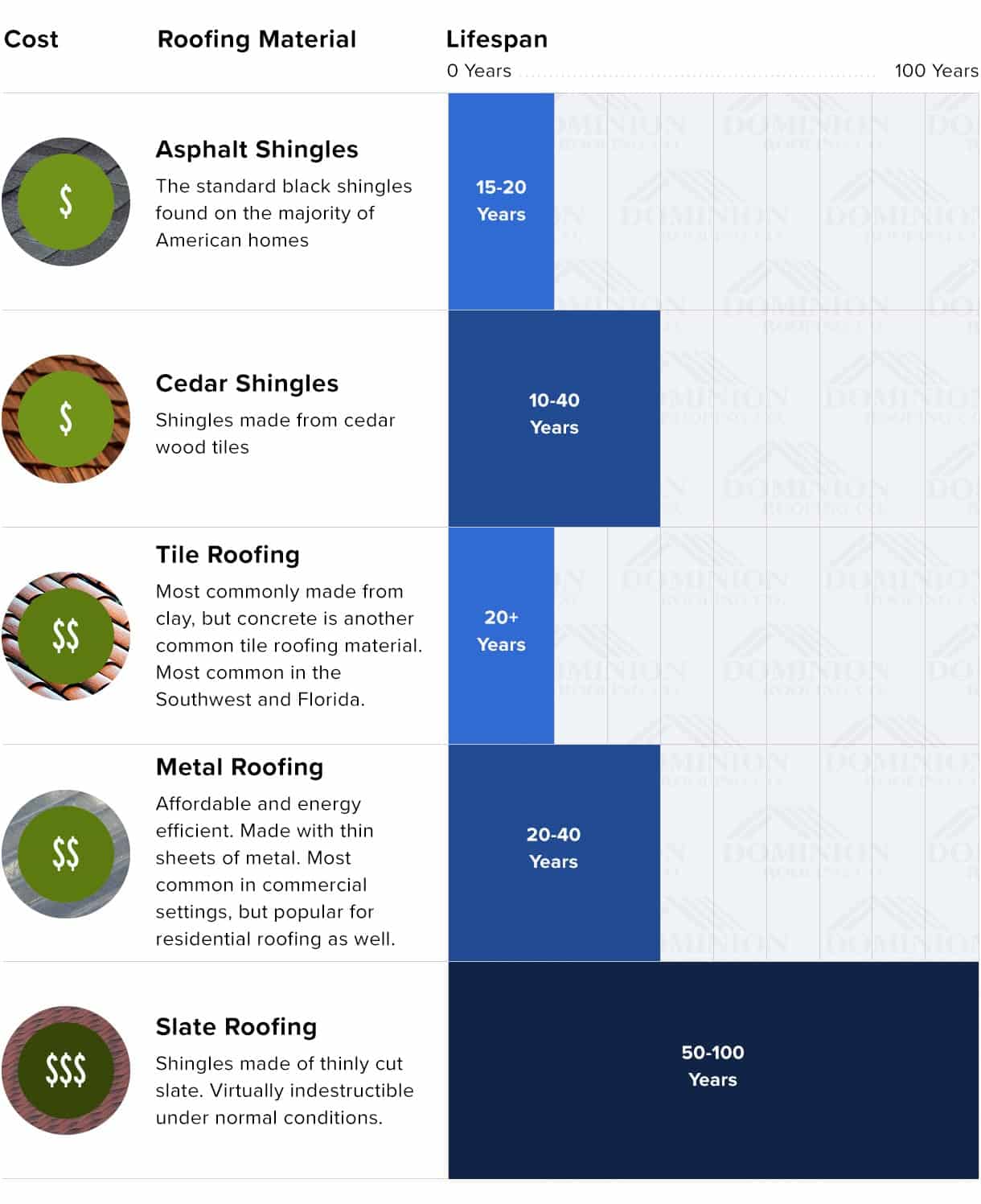The Search Of The Most Effective Photovoltaic Panel Type For Your Home Starts Below, With Essential Variables Ready To Be Checked Out-- Are You Readied To Start This Trip?
The Search Of The Most Effective Photovoltaic Panel Type For Your Home Starts Below, With Essential Variables Ready To Be Checked Out-- Are You Readied To Start This Trip?
Blog Article
Write- https://drive.google.com/drive/folders/1Umz0_dav6iKOwyXWOAGQofee6wgLVd0n?usp=drive_link -Aagaard Finn
When it concerns picking the ideal solar panels for your home, the options can be overwhelming. Each type uses distinctive advantages and compromises, making it critical to determine which variables line up ideal with your goals. Whether your emphasis gets on effectiveness, cost-effectiveness, or aesthetic appeals, there's a photovoltaic panel kind that can accommodate your demands. So, before you make a decision, think about the essential facets that will certainly impact your solar power system's efficiency and viability for your home.
Monocrystalline Solar Panels
When taking into consideration photovoltaic panels, you might discover monocrystalline photovoltaic panels. These panels are recognized for their high efficiency prices as a result of their construction from a single constant crystal structure. This style permits monocrystalline panels to do better in low light problems contrasted to various other kinds of solar panels. Additionally, their sleek black look makes them a popular choice for property installments, blending in seamlessly with a lot of roofs.
One essential benefit of monocrystalline photovoltaic panels is their room efficiency. They call for less area to generate the same amount of electrical energy as various other photovoltaic panel types, making them ideal for homes with restricted roofing area.
While monocrystalline panels tend to be extra expensive ahead of time, their long-term durability and performance usually make them a cost-effective financial investment in the realm of solar power . If you prioritize performance and looks in your solar panel choice, monocrystalline panels could be the right option for your home.
Polycrystalline Solar Panels
Polycrystalline photovoltaic panels, likewise called multicrystalline solar panels, use an alternative choice to monocrystalline panels. These panels are made from silicon crystals that are melted with each other, developing a much less uniform look contrasted to monocrystalline panels.
Among the crucial advantages of polycrystalline panels is their lower production expense, making them a more affordable option for home owners aiming to invest in solar energy.
While polycrystalline panels might have a somewhat reduced effectiveness rate compared to monocrystalline panels, they still offer a trustworthy and economical means to create solar energy for your home. These panels carry out well in heats and are a long lasting option for a selection of climates.
If you have a larger roof covering room and are wanting to optimize your energy production without breaking the financial institution, polycrystalline panels could be the appropriate choice for you.
When thinking about photovoltaic panel alternatives for your home, it's important to evaluate the cost-effectiveness and effectiveness of polycrystalline panels versus your power demands and budget constraints.
Thin-Film Solar Panels
Going on to Thin-Film Solar Panels, these panels use a special option to standard silicon-based choices like polycrystalline panels. Thin-film panels are light-weight and flexible, making them simpler to install on various surface areas like bent rooftops or wall surfaces. They're additionally more visually pleasing, blending in flawlessly with the architecture of your home.
However, it's necessary to note that thin-film panels normally have lower effectiveness rates contrasted to crystalline silicon panels. This indicates you might require even more room to create the exact same amount of electrical power.
On the silver lining, thin-film panels perform better in low-light conditions and have a lower temperature coefficient, implying they can produce even more power on hot days. If you have ample space and are trying to find a flexible and visually appealing photovoltaic panel option, thin-film panels could be a wonderful choice for your home.
Conclusion
To conclude, when picking the best solar panel kind for your home, consider your energy requires, budget plan, and space restrictions. Monocrystalline panels supply high performance in minimal space, while polycrystalline panels use a cost-effective option with dependable performance. Thin-film panels provide versatility and visual appeal yet may have reduced performance prices. By evaluating these elements, you can choose the photovoltaic panel type that finest fits your certain requirements.
